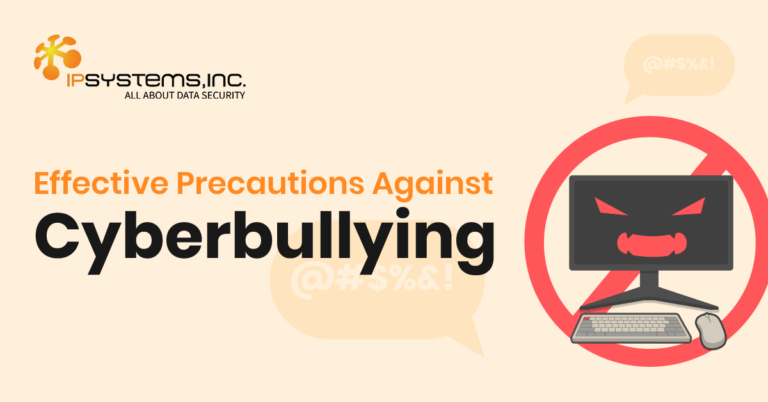
Innovating your Business with Green Data Centers
Blog: Innovating your Business with Green Data Centers Data centers are centralized facilities equipped with essential hardware like servers, storage devices, and networking equipment.

Security vulnerabilities and opportunities for cyberattacks come in many variants. Organizations need to realize it’s their job to secure their systems from infiltration by external agents. It’s important to avoid these attacks to enable you to adhere to regulatory compliance and secure customer, employee, and proprietary data safe. The zero-day vulnerability is perhaps the trickiest security flaw to guard against.
The primary way threat actors work is by targeting a specific security weakness. They put together a package known as a zero-day exploit malware. This bad-intentioned software aims to compromise a system or lead to unexpected consequences. A patch then becomes necessary to fix this flaw.
An infected system allows hackers to access and control your computer or network to steal your data. Threat actors tend to look for unpatched or outdated systems to install malware that may corrupt your files or send your contact list malicious messages without your knowledge. Another possibility is for them to install spyware which enables them to track all your online activities.
The average computer user can experience significant security risks by surfing a phony website, opening compromised mail messages, and downloading infected media to mention a few.
A zero-day vulnerability is one unknown to security vendors, meaning there’s no available patch for it. Hackers love to find zero-day weaknesses to access data in an affected application.
So, why the term "zero-day?" That's because it's exactly zero days since the security vendor became aware of the vulnerability; therefore, they have no fix for it.
Zero-day vulnerabilities are so important that Google launched an initiative known as Project Zero to fund vulnerability research. The project's primary aim is to improve web security for users by paying more attention to zero-day vulnerabilities and attacks.
Google's blueprint for Project Zero sticks to industry rules by allowing vendors a 90-day window to patch newly discovered vulnerabilities before the bug-finder can mention it publicly.
“Critical” vulnerabilities have seven days before the flaw goes public. It’s more important when the vulnerability has become an active hacker risk for Project Zero to lower this window even further.
On the other hand, a zero-day vulnerability is different from a zero-day attack or threat. The latter refers to the situation where a threat actor exploits a zero-day vulnerability to carry out an attack.
Besides software, zero-day flaws can equally exist in firmware and hardware. Thus, a zero-day attack has zero days between the discovery of the vulnerability and the first attack. A zero-day vulnerability becomes a one-day or n-day vulnerability once the public has knowledge of it.
Every vulnerability is a window for hackers to attack your organization. That’s why software vendors channel plenty of resources to detect flaws or weaknesses in their systems before hackers get a chance to do so. Many companies take the step of instituting procedures for the early detection of vulnerabilities. Stepping ahead of cybercriminals is a significant step in winning the war against cyber threats.
Zero-day vulnerabilities are a serious issue for companies because vulnerabilities can remain undiscovered for a few years. That was precisely the case with Heartbleed; though it was discovered in April 2014, it had existed in the OpenSSL application for up to two years before. How critical was Heartbleed, you ask? It enables attackers to use a client to get 64K of memory, loaded with sensitive data, from the server.
Therefore, it’s a scenario of building an application and working to discover flaws or vulnerabilities in it. It’s a race to the bug between the good guys and the bad guys. A potential vulnerability discovered by the good guys means the software vendor can learn of it and hopefully deliver a patch fast. Many companies now offer bug bounties such as monetary rewards, social recognition, or other incentives.
It’s expected that you think what might happen if the bad guy reaches the bug first. They may use it for any form of personal gain or exploit the vulnerability for all its worth. For instance, one hacker told the public in 2012 of a priceless find: an XSS flaw in Yahoo! that anyone could exploit to hijack email user accounts. He aimed to sell the information for $700. As long as the company hadn’t found the bug, he intended to brazenly make as much money as he could from the opportunity.
Zero-day vulnerabilities are a severe security risk. They leave you or your company susceptible to zero-day attacks and can potentially damage computers, networks, or data. It's important to be proactive and reactive against a potential zero-day attack.
Your network security is especially important, so it’s critical to use strong security software to protect against known and unknown threats. A few excellent options include Bitdefender, Easy NAC, and SecPoint Penetrator.
Another line of defense is to install revisions to software and operating systems regularly. This step will deliver new features, eliminate old ones, update drivers, provide bug fixes, and promptly address security issues.
The risks that zero-day vulnerabilities present are well-documented. A company's IT department can help to protect sensitive information from zero-day vulnerabilities using a set of impact steps, including:
It’s mostly tricky to deal with zero-day vulnerabilities and zero-day attacks. Your best security investment will be to engage a reliable cybersecurity solutions provider to help you deal with cyber threats and free your team to focus on core business activities. IPSYSTEMS provides some of the Philippines’ best companies with robust cybersecurity solutions. Regardless of the threat, it is possible to keep your company safe and secure.
We love firewalls and recommend them. However, it’s good to note that they’ll only stop some attacks. That’s why organizations need other protective measure to improve the resilience of your security systems.



Blog: Innovating your Business with Green Data Centers Data centers are centralized facilities equipped with essential hardware like servers, storage devices, and networking equipment.

Blog: CCTVs: A must-have for every organization Nearly every business and organization, regardless of size, has already implemented CCTV Services within their premises because

Blog: Combating Bullying in Digital Classrooms: Empowering Students for a Safer Learning Environment Bullying is a pervasive issue that inflicts emotional, psychological, and physical